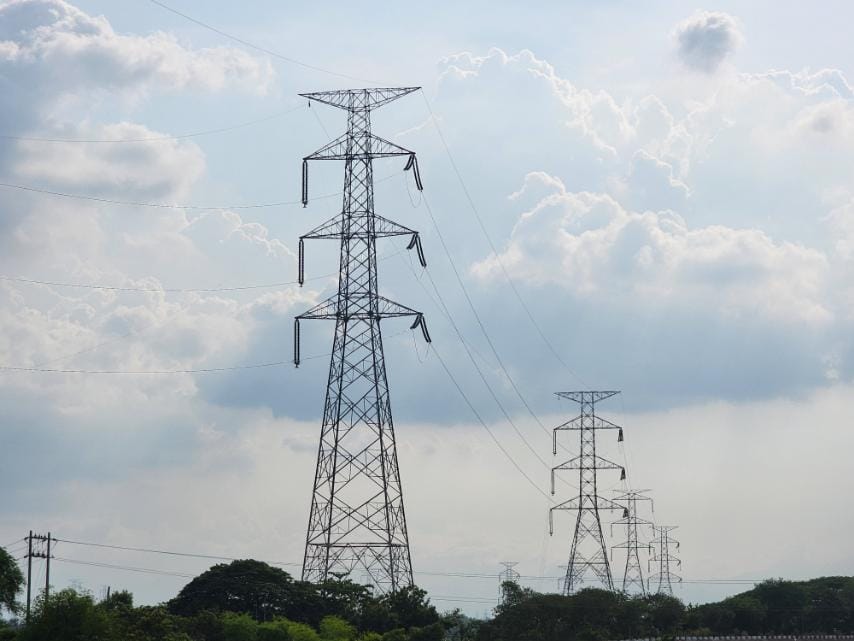As part of efforts to improve power transmission services in Cebu, Negros, and Panay, NGCP successfully energized the Cebu-Negros-Panay 230-kiloVolt (kV) Backbone Project Stage 3 (CNP3), increasing the transfer of power capacity from Panay to Negros to Cebu, and vice versa.
The remaining components of the multi-island interconnection project were energized at 10:01AM of 27 March 2024, strengthening the transfer of power from Panay to Negros to Cebu, and vice versa. The new line, with a carrying capacity of 400MW, is the 3rd stage in the Cebu-Negros-Panay backbone. This upgrades the existing Amlan-Samboan submarine cable which currently connects Cebu and Negros islands. The first stage of the CNP Project added a new 230kV transmission line from Bacolod to E.B Magalona, while the 2nd stage upgraded the Cebu Substation into 230kV level.
While the energization of the line will definitely improve transmission services and the reliability of the grid, NGCP stressed the need for the implementation of strategic developments in the generation side to fully optimize the benefits of the strengthened interconnection.
“The project’s completion was touted by some parties as the primary solution to the recent spate of power outages in Negros and Panay. But CNP3 is not the sole or primary solution to the woes of Panay consumers. Transmission and power generation go hand in hand. Sufficient power generation development supported by reliable transmission is the formula for optimized energy development. This will support the country’s push towards economic recovery,” NGCP explained. “We have long advocated for a holistic approach to energy industry development. Generation and transmission must be developed together. One cannot be made to bear the whole burden of keeping the industry stable,” NGCP stressed.
The CNP3 is the last of the three critical projects the transmission service provider delivered amidst mounting calls for completion of projects, and despite experiencing numerous challenges beyond its control. Difficulties in securing right-of-way, slow progress of expropriation cases, and permitting issues with several local government units have hampered the completion of the project’s critical components. The project was completed by NGCP in less than seven years, below the average of 7-10 years of project completion in first world countries.
“This is a big step towards improving power transmission services in the Visayas grid as its energization will allow the delivery of power to support Panay’s needs from Cebu or elsewhere from the grid, provided that there is an availability of excess power generation. While the line will help improve the delivery of power, more baseload plants in Negros and more in-island generation in Panay are needed to prevent the occurrence of power outages,” NGCP said. “The energization of the CNP is a testament to NGCP’s commitment to complete this, and all its other projects,” the company added.
The CNP3 is comprised of 544 transmission towers spanning 354 circuit kilometers of overhead lines, 58 circuit kilometers of submarine cables, and 10 substations.
The project was filed for approval with the Energy Regulatory Commission (ERC) in 2016 with a project cost of PhP43.41 Billion. However, the ERC granted a provisional approval in 2017 for only one year’s worth of capital expenditure amounting to PhP176.75 Million. NGCP has yet to receive the ERC’s final approval.
“Despite awaiting the ERC’s final approval of the project and the corresponding budget for its construction, NGCP continued to pursue the completion of the CNP3 due to the critical operational need to strengthen the transmission backbone in the area,” said NGCP.
Aside from the CNP3, NGCP also recently energized the Mindanao-Visayas Interconnection, which fully links Mindanao to Luzon and Visayas, for the more efficient operation of a single Philippine grid. Last year, one circuit line of the Hermosa-San Jose 500kV Transmission Line (HSJ), critical to Luzon, was also energized. ###


